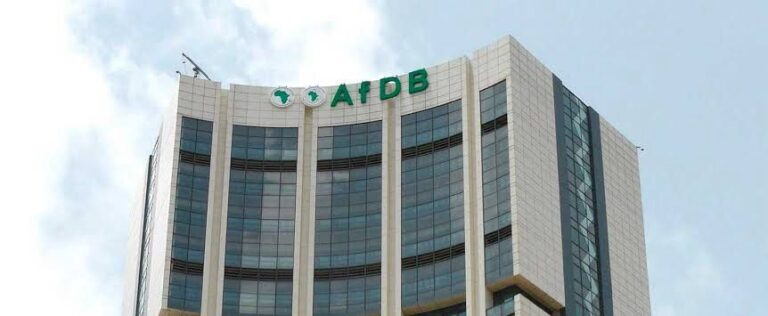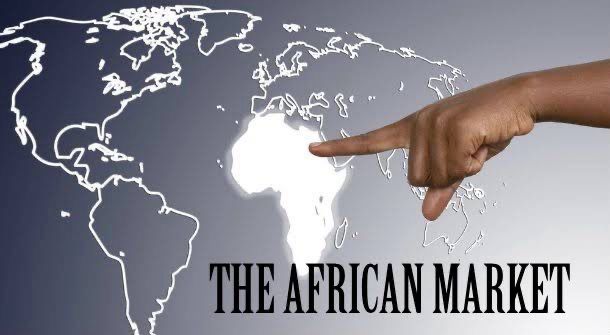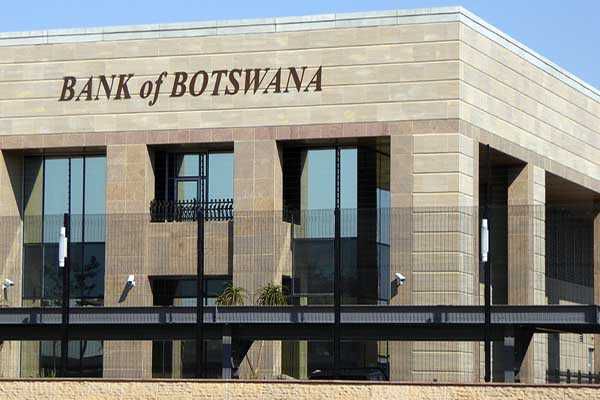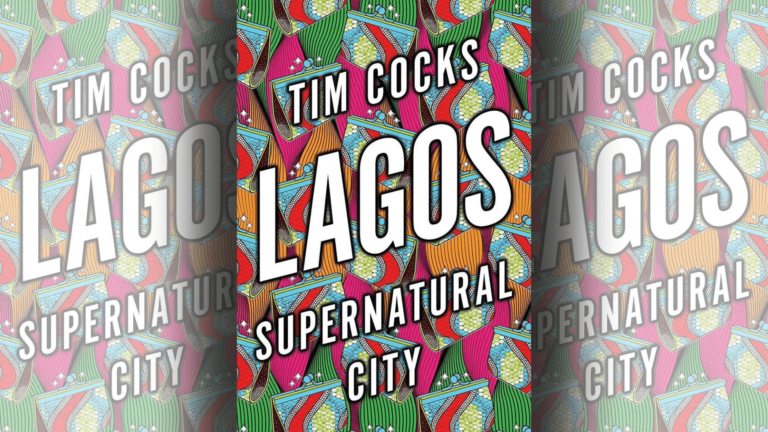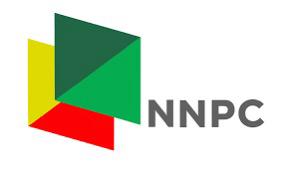By: Chidozie Nwali
South African retail trade sales showed a notable acceleration in September, rising by 3.1% year-on-year (yoy), according to figures released by Statistics South Africa (Stats SA) on Wednesday. This growth rate marks a significant increase from the revised 2.2% recorded in August and signals a pocket of resilience among South African consumers despite persistent economic headwinds.
The positive annual performance was largely a function of a weak base in the prior year, as evidenced by the seasonally adjusted monthly data. On a month-on-month (mom) basis, retail sales growth was flat at 0.0% in September, following a revised 1.6% decrease in the prior month; suggesting that while year-on-year growth is strong, the month-to-month momentum in consumer spending has stalled.
For the third quarter of the year (July to September), retail trade sales grew by a modest 2.0% compared to the same period in the previous year.
The overall year-on-year increase was primarily driven by robust sales in key categories, signaling that consumers were focusing on both essential and certain discretionary goods as they began preparations for the year-end holiday season.
- Retailers in Household Furniture, Appliances and Equipment: This category was the strongest performer, soaring by 11.7% and contributing 0.5 percentage points to the total increase.
- Retailers in Textiles, Clothing, Footwear and Leather Goods saw sales rose by 4.4%, adding 0.7 percentage points.
- General Dealers: This category, which typically accounts for a large portion of consumer spending on essential items, saw an increase of 4.3%, contributing the largest chunk of the growth at 1.9 percentage points.
Conversely, some categories like Hardware, paint and glass and All other retailers registered declines, indicating selective pressure on different spending segments.

Despite this positive retail data, the broader economic context suggests the South African consumer remains under considerable pressure:
Headline Consumer Price Index (CPI) inflation in September stood at 5.4%, indicating that the cost of living continued to rise rapidly. This included a particularly sharp increase of 8.1% yoy in the Food and Non-Alcoholic Beverages basket, significantly eroding consumers’ purchasing power for essentials.
The South African Reserve Bank (SARB) maintained its Repo Rate at 8.25% through September 2023. These elevated interest rates directly translate to higher costs for credit and mortgage payments, draining household disposable income.
The national economy showed contraction, with Real GDP Growth shrinking by -0.2% quarter-on-quarter (q/q) in the third quarter of 2023. This points to a challenging environment for job creation and wage growth.
Reflecting the general economic strain, Household Final Consumption Expenditure also contracted by -0.3% qoq in the third quarter, suggesting that overall spending in the economy was trending downward, making the retail sector’s resilience somewhat isolated.







